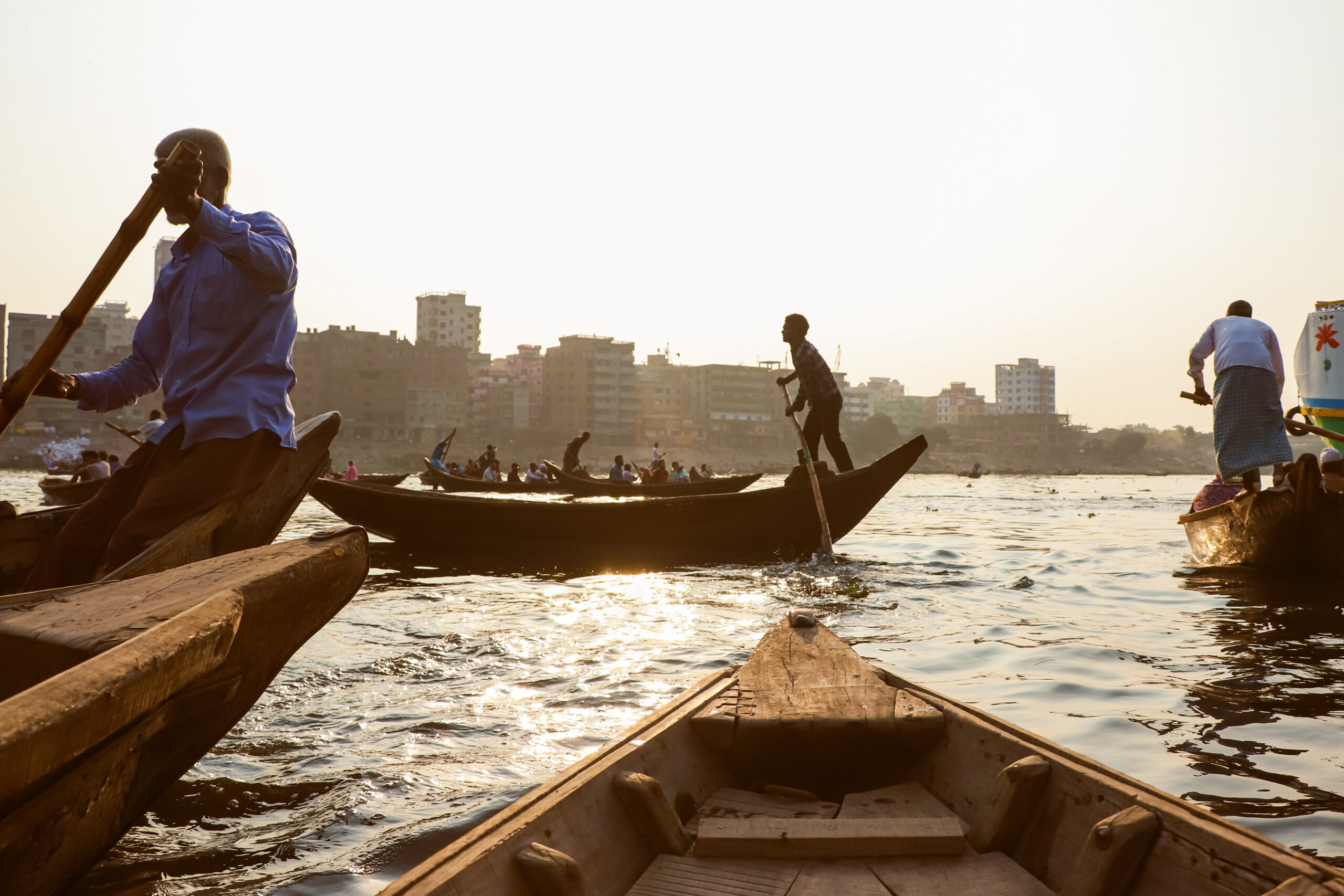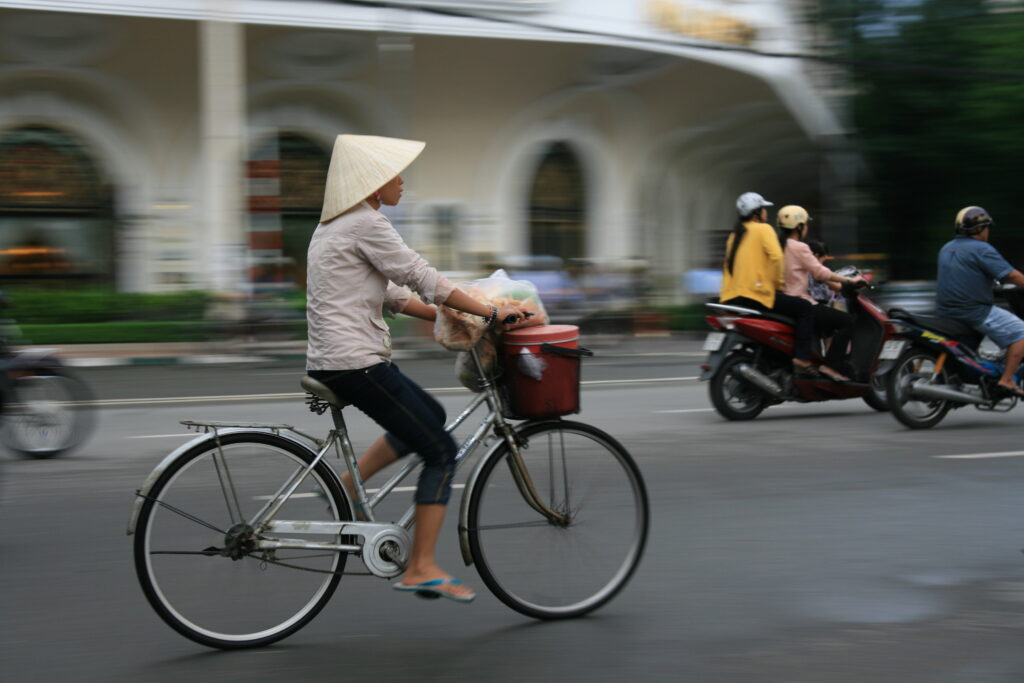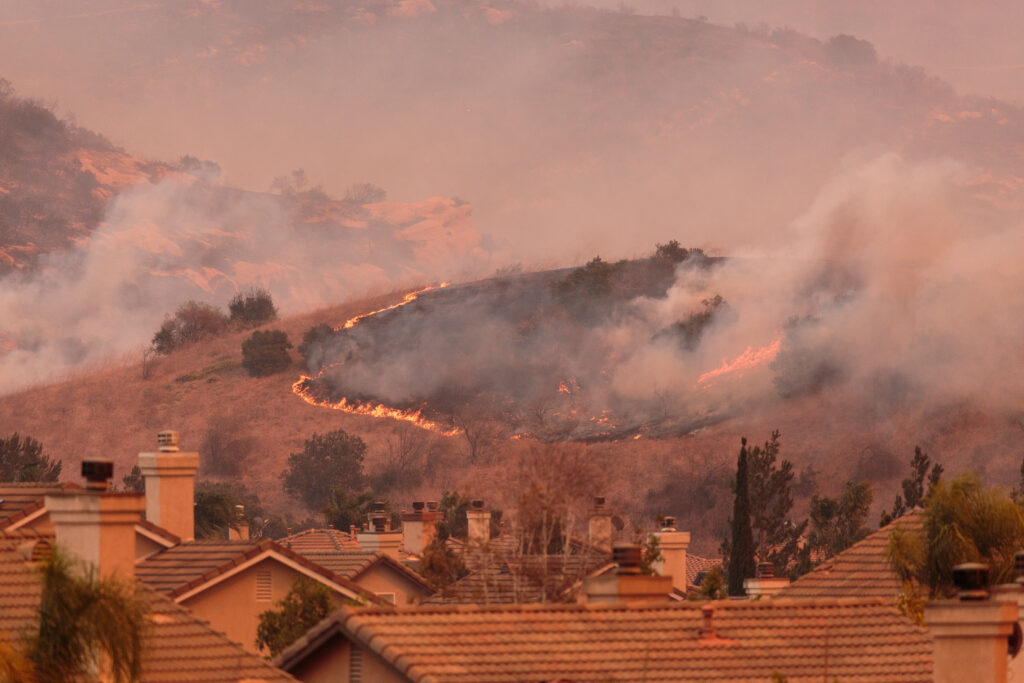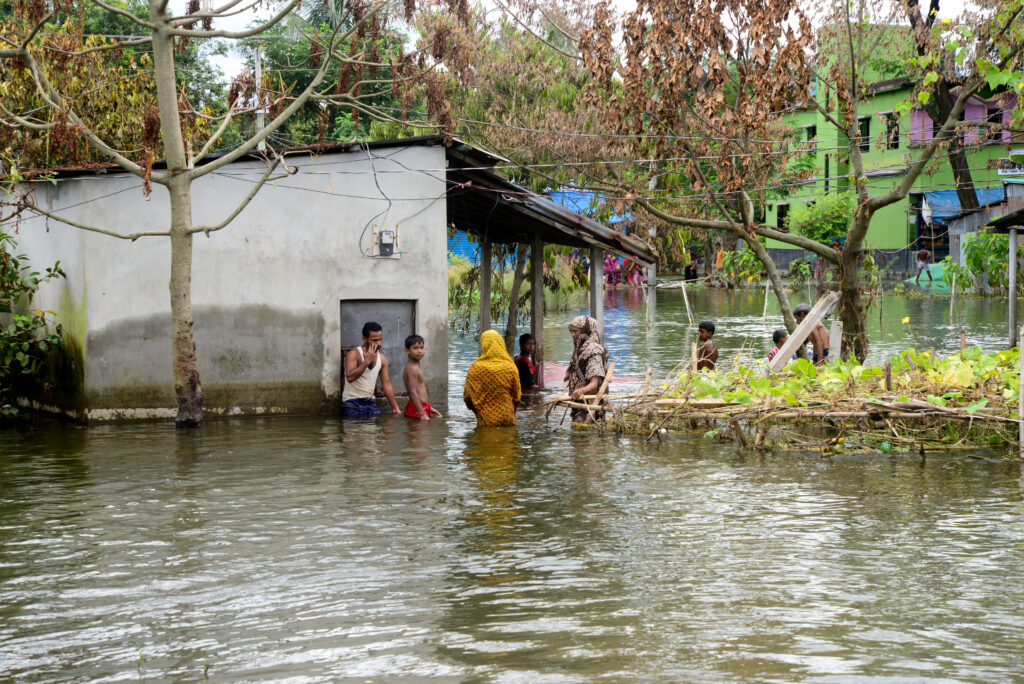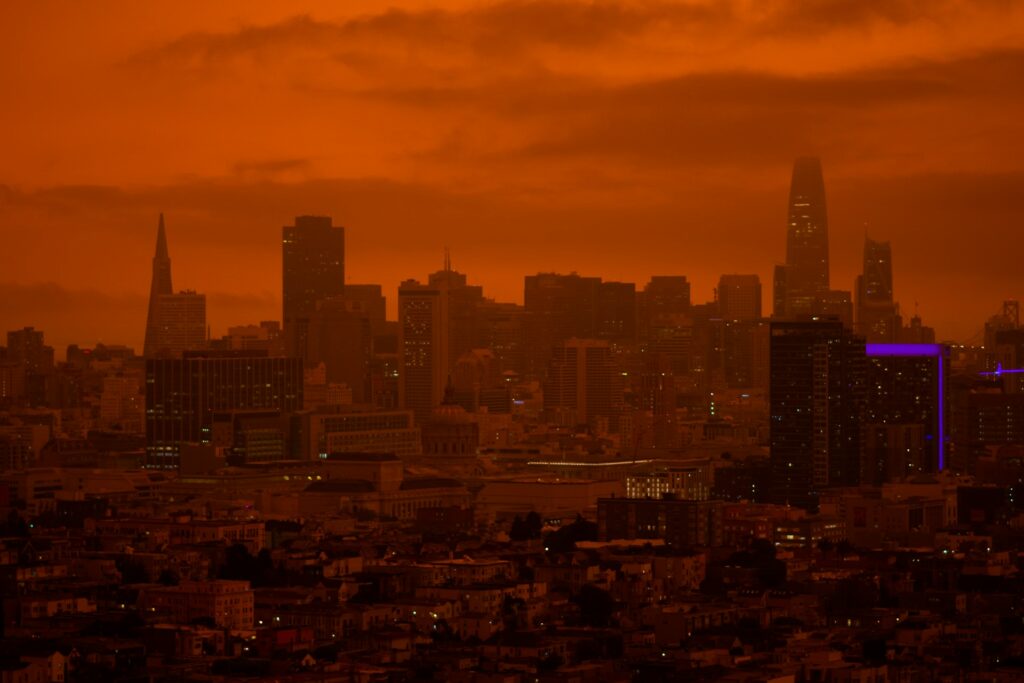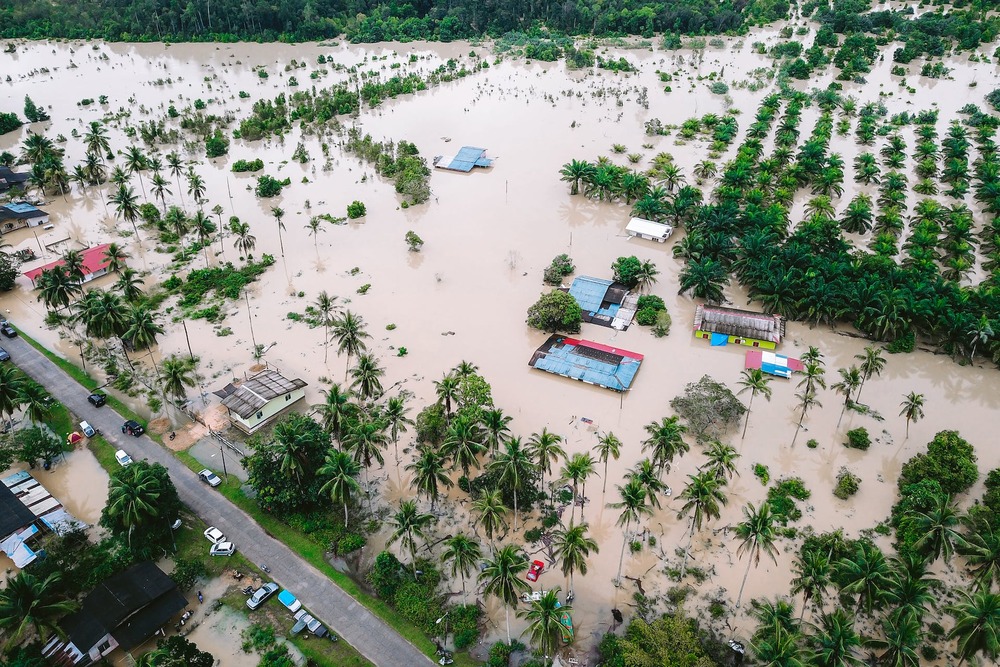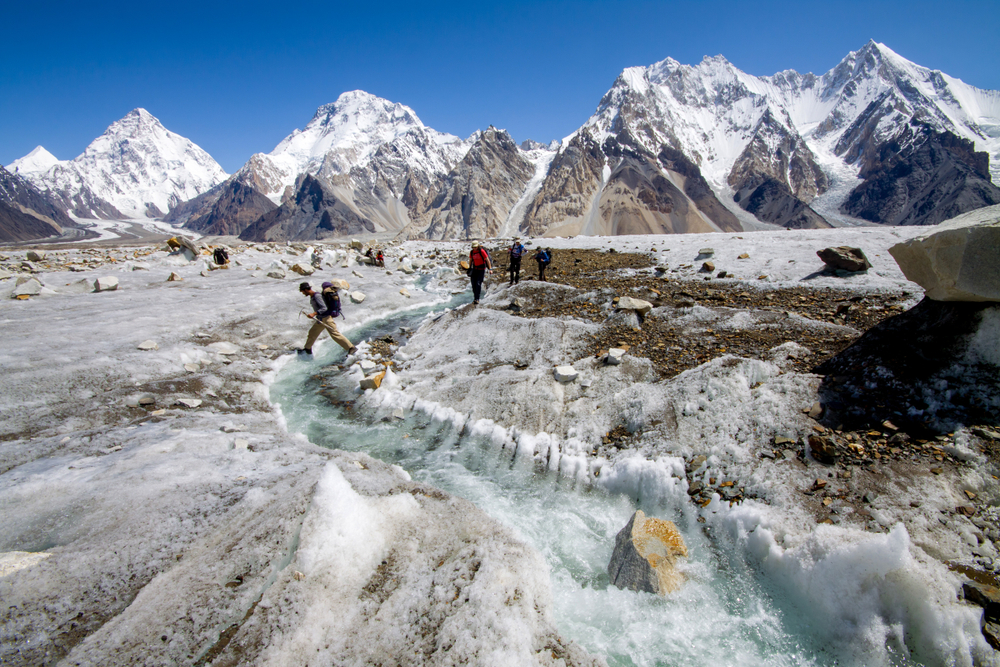In the scorching summer of 2023, a devastating, massive heat wave swept across Asia, leaving a trail of record-breaking temperatures. Bangladesh, a developing country in South Asia, experienced the brunt of this intense heat wave. As a result of this heat wave in Bangladesh, power cuts rolled across the country, stifling its export industry and raising public health concerns.
The Heat Wave in Bangladesh 2023
The heat wave of 2023 brought unprecedented temperatures to Bangladesh. Record-setting highs were observed across the country between April and June, with some areas reaching soaring temperatures of over 40°C. The severe heatwave peaked in early June, with weather stations recording highs of 41°C – the highest temperature recorded in the last six decades.
These are significantly higher than the country’s average monthly maximum temperature of 30°C and April’s average temperature maximum of 33 degrees Celsius.
Furthermore, this year moderate heat wave extended into the country’s southwest, which usually remains cooler in summer. The Bangladesh Meteorological Department (BMD) stated that the “extent of the affected area was something new”.
Temperatures in Dhaka
Dhaka, the capital city of Bangladesh, has been experiencing a notable increase in average temperatures over the years. Historical data reveals a concerning upward trend, with average daytime temperatures rising by approximately 2.74°C in the past two decades.
This increase is much higher than the global average of around 1.2°C and already above the Paris Climate Agreement’s goal of keeping warming below 1.5°C.
Experts predict that temperatures in Bangladesh will continue to rise in the coming decades, and the government predicts nearly one in seven Bangladeshis will be displaced due to climate impacts by 2050.
What Is the Hottest Month in Bangladesh?
The hottest period in Bangladesh is the monsoon season from April to September. During this period, monthly temperature averages are relatively stable. However, April has the highest average maximum temperature.
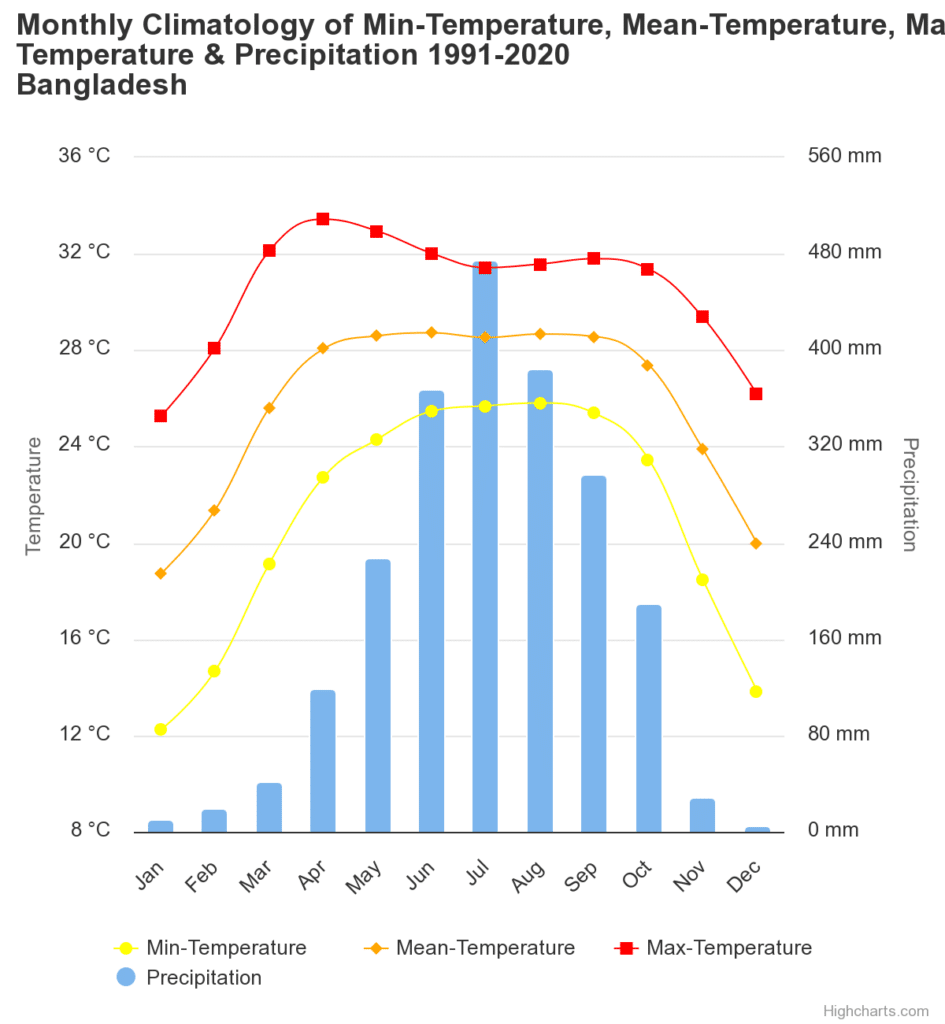
However, with the intensifying impacts of climate change, the summer months of May and June have witnessed an alarming surge in temperatures. These months now compete for the title of the hottest in Bangladesh, with both posing a severe risk to public health and the environment.
Why Is It So Hot in Bangladesh Right Now?
Bangladesh faces a unique set of challenges or causes that contribute to the intensification of heat waves. Firstly, its geographical location in the tropical region amplifies the effects of climate change.
Additionally, urbanisation and deforestation have led to the phenomenon known as the “heat island effect”, where cities experience higher temperatures in comparison to rural areas. Over 23 million people live in Dhaka, making it the fourth-most populous city in the world.
As climate change intensifies, rising sea levels will cover 17% of the country’s low-lying regions and displace around 20 million people by 2050. Many of these people will likely move to Dhaka, ballooning the population and exacerbating the urban heat island effect.
Impacts of Heat Waves in Bangladesh
Heat waves in Bangladesh have far-reaching consequences, affecting various aspects of life in the country.
Agriculture, a crucial sector for the economy and food security, suffers greatly from extreme heat. Crop failures, reduced yields and livestock losses are among the adverse impacts, leading to increased food insecurity and economic strain.
In 2021, 700 square km of crops were lost due to heat stress in April alone, costing the economy over USD 27 million. Experts warn that by 2050, rice production may decline by 8% and wheat production by 32%. With around 25% of the country’s population already classified as “food insecure” by the United Nations World Food Programme (WFP), this will have far-reaching impacts.
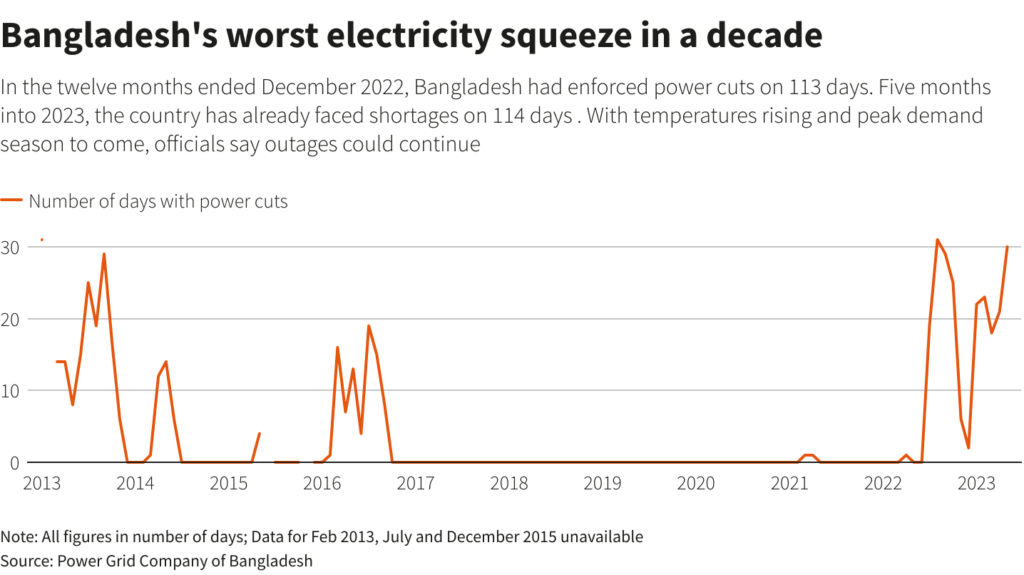
Moreover, the country’s infrastructure struggles to keep up with the rapidly growing population. Extreme heat places further pressure on these systems, leading to rolling blackouts and health concerns.
In April 2023, power demand exceeded available supply by 6.6%, raising concerns for the country’s garment export industry, which accounts for 80% of the country’s exports.
Heat waves and scorching sun also harm human health, particularly among vulnerable populations, causing heat stroke and other heat-related illnesses. At current temperatures, over 60% of Dhaka’s residents suffer from heat stress annually. These effects carry over to the economy, which loses USD 6 billion worth of labour productivity annually due to extreme temperatures.
What Can Be Done – Solutions?
Bangladesh needs to implement effective adaptation strategies to combat the challenges posed by heat waves.
These include implementing heat-resistant agricultural practices, improving access to clean and reliable energy sources and promoting heat wave preparedness and public awareness campaigns. Furthermore, tackling the urban heat island effect in rapidly expanding urban centres is crucial.
Strategies like developing green spaces, changing building designs and investing in urban planning are all necessary focus points.
Climate Change in Bangladesh
Beyond heat waves, human induced climate change poses a multitude of challenges for Bangladesh. The nation is ranked the seventh-most vulnerable country to climate impacts. It faces increasing risks of flooding, sea level rise and cyclones, which threaten coastal areas and vulnerable communities.
Long-term adaptation strategies are necessary to address these impacts of global warming. However, the country is unable to support the needed adaptation on its own. The World Bank estimates the country will need USD 12.5 billion (3% of the country’s GDP) in the medium term to support adaptation efforts.
International organisations and foreign governments will be critical in facilitating Bangladesh’s adaptation programs.
Eric Koons
Writer, United States
Eric is a passionate environmental advocate that believes renewable energy is a key piece in meeting the world’s growing energy demands. He received an environmental science degree from the University of California and has worked to promote environmentally and socially sustainable practices since. Eric has worked with leading environmental organisations, such as World Resources Institute and Hitachi ABB Power Grids.
Eric is a passionate environmental advocate that believes renewable energy is a key piece in meeting the world’s growing energy demands. He received an environmental science degree from the University of California and has worked to promote environmentally and socially sustainable practices since. Eric has worked with leading environmental organisations, such as World Resources Institute and Hitachi ABB Power Grids.

